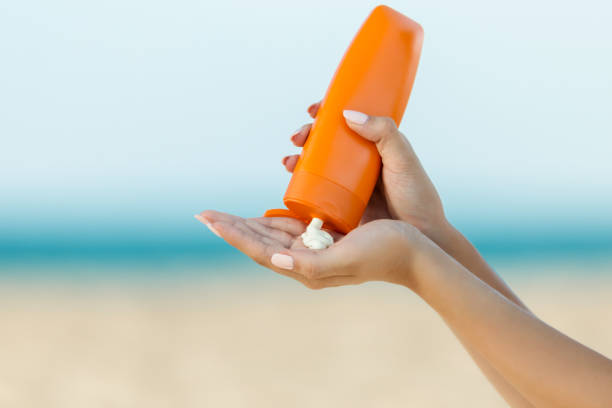
FAQ About Sunscreen

Can sunscreen prevent vitamin D absorption from sunlight?
Sunscreen, when applied correctly, can reduce the skin's ability to produce vitamin D from sunlight. Vitamin D synthesis in the skin occurs when it is exposed to ultraviolet B (UVB) rays from the sun. When you apply sunscreen, it forms a protective barrier on the skin, reducing the amount of UVB rays that can reach the skin's surface. As a result, less vitamin D is produced in the skin during sun exposure while wearing sunscreen.
However, it's important to note that complete sunblock is not the goal of sunscreen. Sunscreens are designed to filter out some UV rays while still allowing the skin to receive some sun exposure. This balance helps protect the skin from harmful UV damage that can lead to sunburn and skin cancer, while still allowing enough UVB rays to reach the skin and produce some vitamin D.
Several factors influence the amount of vitamin D production during sun exposure, even when wearing sunscreen:
- SPF Level: The higher the Sun Protection Factor (SPF) of the sunscreen, the more UVB rays are blocked, reducing vitamin D synthesis. However, even with higher SPF, some vitamin D production can still occur.
- Amount Applied: Applying sunscreen liberally and evenly is crucial for proper protection. Using too little sunscreen or not reapplying as directed can affect vitamin D production.
- Skin Type: People with darker skin tones may require more sun exposure to produce sufficient vitamin D, even with sunscreen, compared to those with lighter skin.
- Time of Day and Latitude: Sunlight exposure is most effective for vitamin D synthesis when the sun is higher in the sky (around midday) and at lower latitudes (closer to the equator).
- Season: Vitamin D production can be lower during the winter months when sunlight exposure is reduced.
